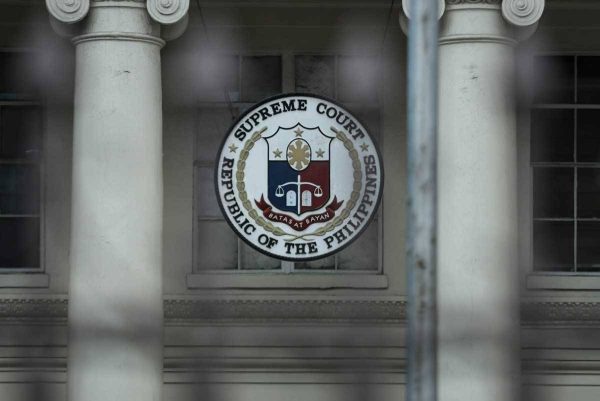SC issues guidelines on criminal accountability of minors
March 6, 2024 · By Franco Jose C. Baroña for www.manilatimes.net

SC issues guidelines on criminal accountability of minors
(UPDATE) THE Supreme Court issued guidelines for determining the accountability of minors who have committed crimes.
According to the high tribunal, there is a different standard in determining a minor’s culpability, hence the need for guidelines to streamline the “discernment determination process” for crimes involving children in conflict with the law.
The Supreme Court said discernment, in this case, is the capacity of the child at the time of the commission of the offense to understand the difference between right and wrong and the consequences of the wrongful act.
The task of ascertaining discernment is done preliminarily by a social worker, and finally, by the court, the Supreme Court said.
In determining accountability, the high court said the ability of a child to understand the moral and psychological components of criminal responsibility and the consequences of the wrongful act should be taken into account.
“Whether a child can be held responsible for essentially antisocial behavior shall also be taken into consideration,” it said.
However, the Court pointed out that the social worker’s assessment is merely “evidentiary and is not binding upon the court.”
It stressed that, ultimately, the court finally determines discernment based on its own appreciation of all the facts and circumstances in each case.
The Supreme Court noted that there is no presumption that a minor acts with discernment and that the prosecution must specifically prove as a separate circumstance that the alleged crime was committed with discernment.
According to the Court, for a minor at such an age to be criminally liable, “the prosecution is burdened to prove beyond reasonable doubt, by direct or circumstantial evidence, that the minor acted with discernment.”
In determining discernment, courts shall consider the totality of facts and circumstances in each case.
This includes “the very appearance, the very attitude, the very comportment and behavior of the minor, not only before and during the commission of the act, but also after and even during the trial.”
The courts shall also take into consideration the gruesome nature of the crime, the minor’s cunning and shrewdness, the utterances of the minor, the minor’s overt acts before, during and after the commission of the crime, the nature of the weapon used, the minor’s attempt to silence a witness, and the disposal of evidence.
The guidelines were issued by the Supreme Court en banc in a resolution penned by Associate Justice Rodil Zalameda of a case involving a 17-year-old who was convicted on Feb. 28, 2014, of homicide by a Regional Trial Court (RTC), a decision that was later upheld by the Court of Appeals (CA). This prompted the filing of a petition for review on certiorari before the Supreme Court assailing the rulings of the RTC and CA.
In denying the petition, the Court affirmed the findings of the lower courts that the minor authored the deadly attack and that the proximate cause for the death of the victim was the injury caused by the suspect. Thus, the elements of homicide were present.
However, due to the suspect being a minor at the time of the commission of the crime, the Court must apply Section 6 of Republic Act (RA) 9344, or the “Juvenile Justice and Welfare Act of 2006,” which provides the minimum age of criminal responsibility.
Under the said provision, a child above 15 years old but below 18 years of age shall be exempt from criminal liability and be subjected to an intervention program unless he or she acted with discernment, in which case the child shall be subjected to the appropriate proceedings.
The Court must thus resolve whether the minor acted with discernment in the commission of the crime.
Consistent with the guidelines, the Supreme Court held that the totality of the facts and circumstances led to the conclusion that the minor acted with discernment.
The Court found that the suspect mauled the victim with a blunt object hard enough to break a skull or shake a brain. This was supported by the brain injuries suffered by the victim. The location of the wounds and the deliberateness of their infliction further demonstrate the suspect’s discernment.
The circumstances also show the minor’s cunning and shrewdness. He perpetrated the attack early in the morning, at around 3 a.m., accompanied by a companion. They waited for the victim to get home and after striking him, they escaped before any witnesses could see them.
“Ultimately, careful consideration of all facts and circumstances, particularly the gruesome nature of the attack, the chosen time and place … indicates that he acted with discernment. As gleaned from these facts, he committed the crime with an understanding of its depravity and consequences. Thus, [the minor] is criminally liable for his act,” said the Court.






